The natural world operates on cycles of activity and rest, a rhythm so fundamental that it often goes unnoticed until we encounter its most dramatic manifestations. Among these, dormancy stands as one of nature's most fascinating survival strategies—a biological pause button that allows organisms to weather unfavorable conditions. From deciduous trees shedding their leaves to bears hibernating through winter, dormancy represents not death, but a temporary withdrawal from active life.
The Science Behind the Stillness
Dormancy is far more than mere inactivity; it is a highly regulated physiological state. At the cellular level, metabolic activity slows to a near standstill. Energy consumption drops dramatically as organisms enter what scientists call a hypometabolic state. This isn't simply "sleeping through" bad conditions—it's an active reprogramming of biological processes to conserve resources until environmental signals trigger reawakening.
Plants demonstrate particularly sophisticated dormancy mechanisms. As days shorten and temperatures drop, deciduous species undergo complex hormonal changes. Abscisic acid accumulates, triggering leaf senescence, while growth inhibitors suppress cellular activity. Simultaneously, protective compounds like antifreeze proteins prevent ice crystal formation that could damage tissues. The apparent "death" of autumn foliage masks an intricate biochemical ballet preparing the plant for winter survival.
Animal Hibernation: Beyond the Long Nap
While often used interchangeably with dormancy, true hibernation represents an extreme specialization of this survival strategy. Hibernating mammals like ground squirrels don't simply sleep through winter—they undergo radical physiological transformations. Body temperatures may plummet to near freezing, heart rates slow to just a few beats per minute, and breathing becomes so shallow as to be nearly undetectable.
Recent research reveals these animals periodically arouse from hibernation, experiencing brief periods of normal metabolism before returning to torpor. These intermissions appear crucial for immune function and neural maintenance, suggesting hibernation is an active process requiring careful management rather than passive unconsciousness. Some species, like the Arctic ground squirrel, even allow their brains to cool below the theoretical limit for neural activity, challenging long-held assumptions about mammalian biology.
Microbial Dormancy: The Ultimate Survivalists
Perhaps the most remarkable dormancy occurs at scales invisible to the naked eye. Bacterial endospores can remain viable for millions of years, surviving extremes of temperature, radiation, and vacuum that would instantly kill active cells. When researchers revived 250-million-year-old salt crystal bacteria in 2000, they demonstrated that life's pause button might have no expiration date.
This microbial capacity for suspended animation has profound implications. It suggests that life could potentially survive interstellar travel, hitchhiking between planets on meteorites. On Earth, it means pathogens can lurk undetected for generations, explaining sudden disease recurrences long after presumed eradication. The 2016 Siberian anthrax outbreak, traced to thawing permafrost containing spores from a 75-year-old reindeer carcass, stands as a sobering example.
Human Applications: Learning From Nature's Pause
Medical science increasingly looks to dormancy mechanisms for breakthroughs in organ preservation and space travel. Cryonics aims to apply principles from wood frog freeze tolerance to human tissue preservation. Meanwhile, research into hibernation induction could enable long-duration spaceflight by placing astronauts in metabolic stasis—a concept moving from science fiction toward plausible reality.
In agriculture, understanding seed dormancy has revolutionized food production. The development of synchronized germination techniques allows massive crop plantings, while controlled dormancy breaking enables year-round cultivation of seasonal plants. Scientists now explore manipulating dormancy genes to create crops resilient to climate extremes—potentially a crucial adaptation as weather patterns grow more erratic.
The Philosophy of Pause
Beyond practical applications, dormancy invites reflection on our cultural relationship with inactivity. In a world obsessed with constant productivity, nature's cyclical rhythms of activity and rest offer an alternative paradigm. The Japanese concept of "uchimizu"—the purposeful drying out of rice fields between growing seasons—recognizes that fallow periods enable future abundance.
As climate change alters seasonal patterns, understanding dormancy becomes ecologically urgent. Mismatches between organisms' dormant cycles and shifting weather can have cascading effects through ecosystems. Cherry blossoms blooming too early risk frost damage; bears awakening before food sources emerge face starvation. These disruptions highlight how dormancy represents not just individual survival, but a delicate synchronization between life and environment.
From bacterial spores surviving eons to trees remembering seasonal patterns in their vascular tissues, dormancy reveals life's incredible resilience. It reminds us that apparent endings often conceal ingenious adaptations—that what looks like surrender may be nature's wisest strategy for persistence. In learning to appreciate these quiet periods, we gain not just scientific insight, but perhaps a healthier model for sustainable existence on an increasingly unpredictable planet.
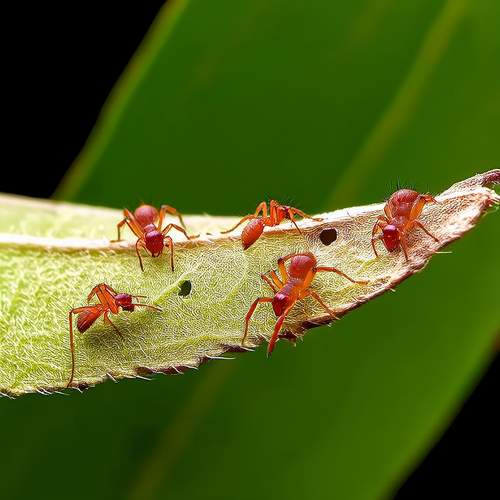
By /May 21, 2025
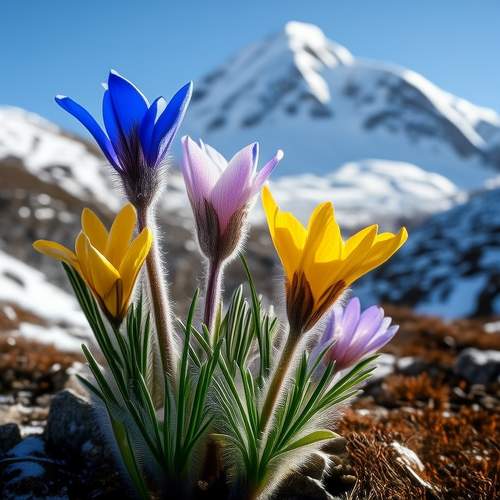
By /May 21, 2025
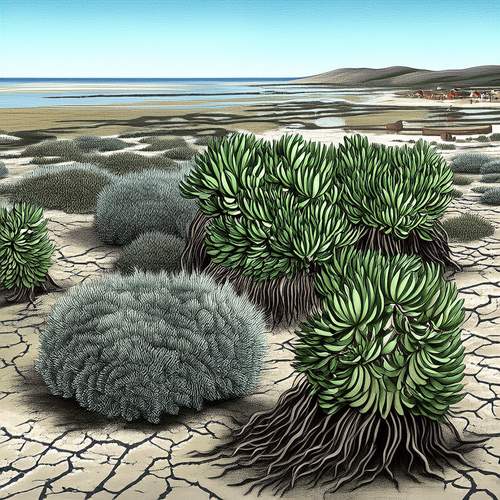
By /May 21, 2025

By /May 21, 2025
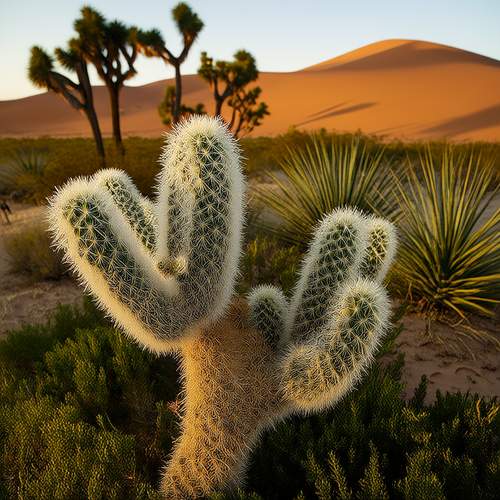
By /May 21, 2025
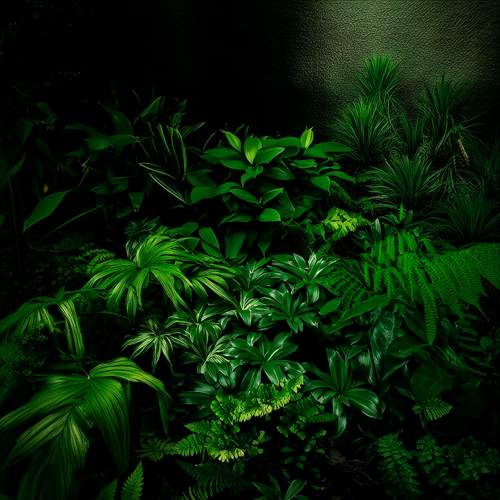
By /May 21, 2025
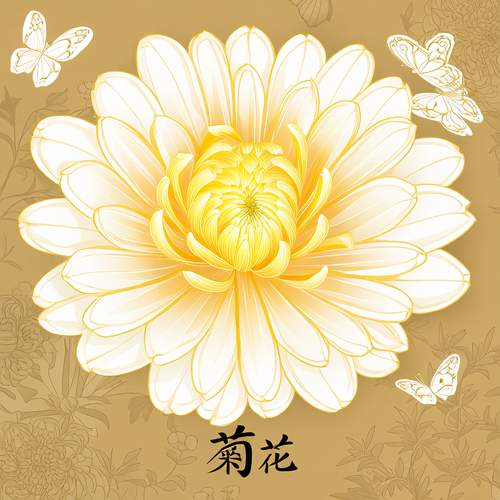
By /May 21, 2025
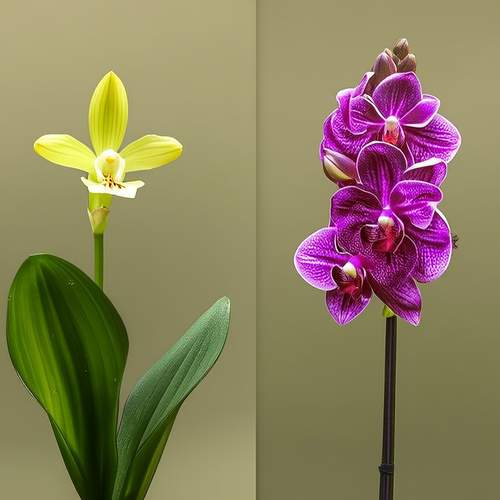
By /May 21, 2025
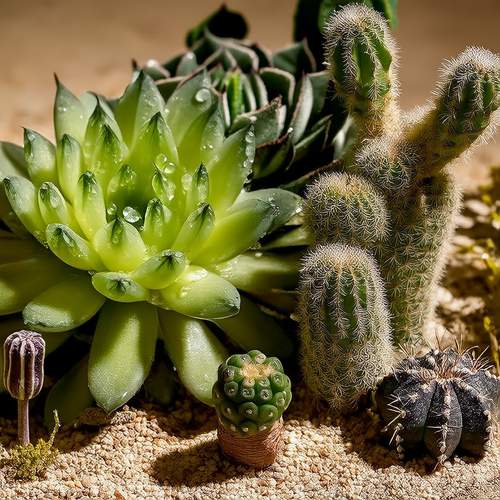
By /May 21, 2025
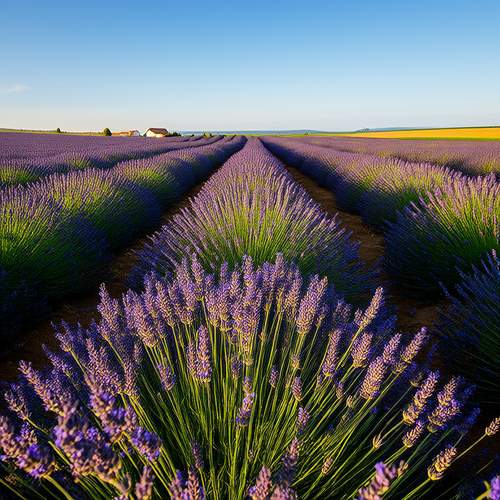
By /May 21, 2025

By /May 21, 2025
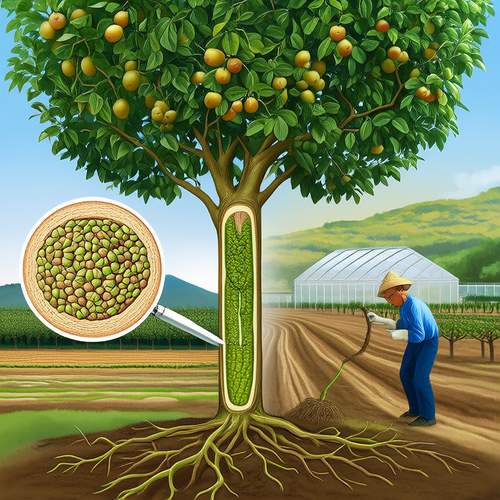
By /May 21, 2025

By /May 21, 2025
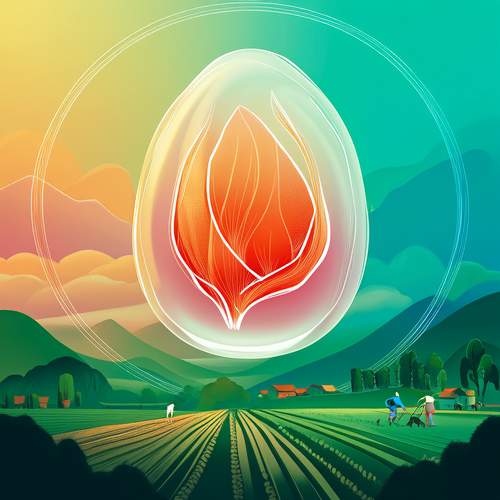
By /May 21, 2025
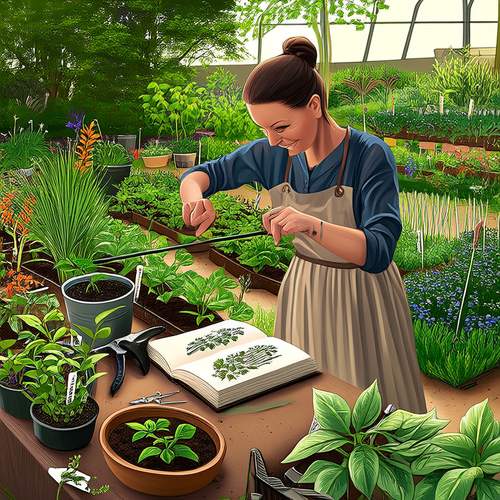
By /May 21, 2025

By /May 21, 2025

By /May 21, 2025
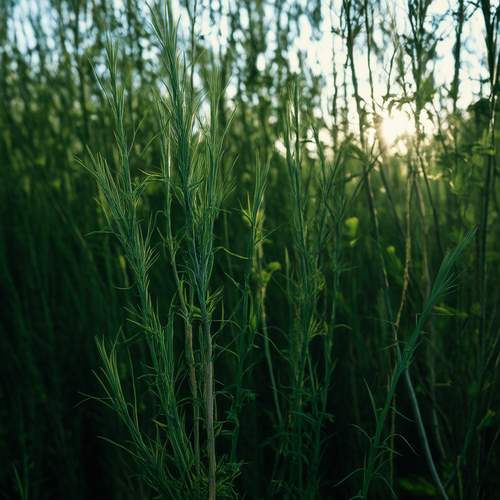
By /May 21, 2025

By /May 21, 2025
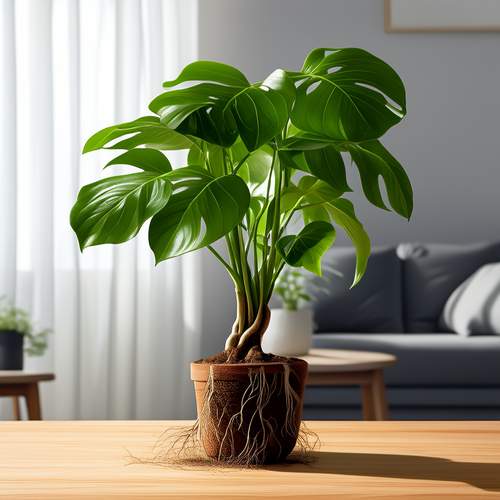
By /May 21, 2025